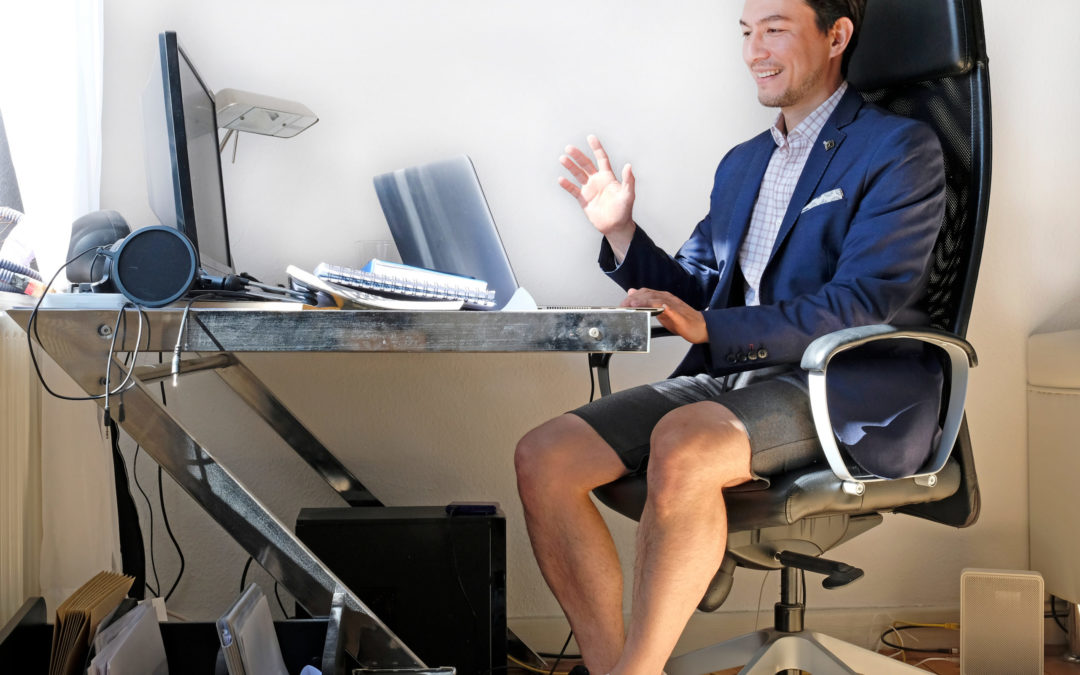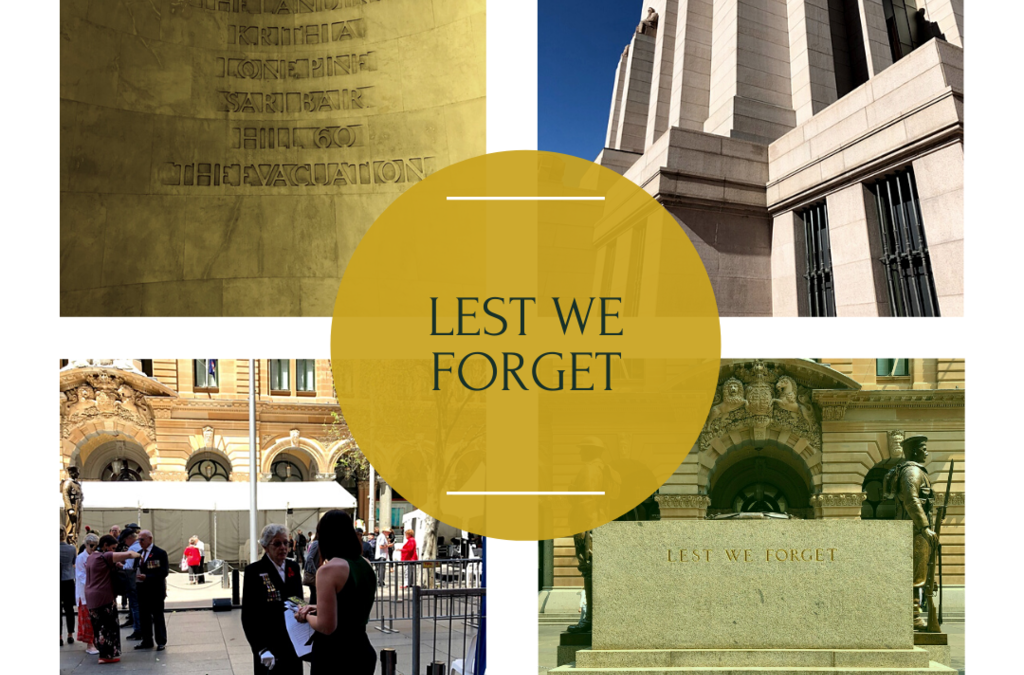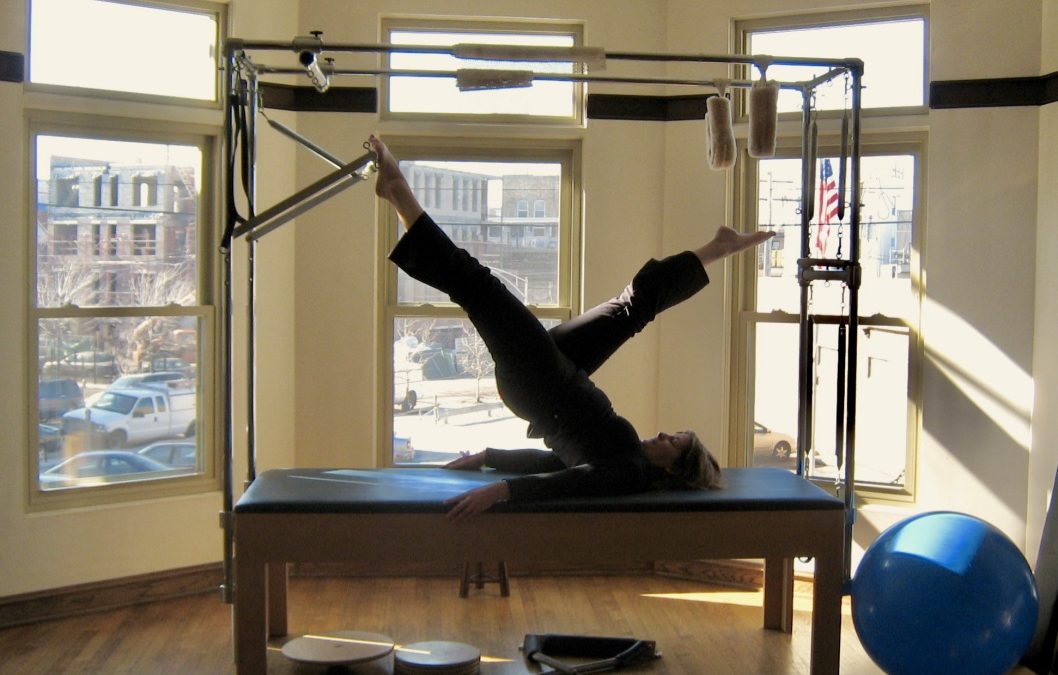
by Kate Evert | Nov 24, 2020 | Agility, Corporate Culture, Diversity, Equity, Inclusion, Future of Work, Human Capital, Leadership Agility, Performance Management, Performance Reviews, Productivity, Strategy, Work Place
This past year has turned our idea of the workplace inside out, upside down, and cattywampus. While many look at this year as productivity lost or teamwork put on pause, there’s also much to be gained from rethinking the idea of the workplace. Are people really most productive while sitting in their cubicle all day—sans distractions? Distractions happen wherever you are. Distractions used to be colleagues talking about fantasy football picks, latest cat photos, or extended group lunches. Now distractions are crying babies, Instacart deliveries, or unstable Zoom connections. There is no evidence that productivity suffers if not in the office.
Workplace should mean just that, the place in which you do your work. It shouldn’t matter if it’s a cubicle, your kid’s room that has the best Wi-Fi, a Starbucks patio, or on a conference call in line for a COVID-19 test. The pandemic has forced most of us to figure out where we get our BEST work done.
As this fantastic article mentions, organizations must shift from “who” should be in an office to “what” should happen in a shared space. Client phone calls, creative brainstorming, cold calling, brief writing, Excel spreadsheeting—as we reimagine what the workplace is, let’s focus more on the quality of work and less on where the work is being done. Technology has allowed us to rewrite the entire premise of the office. As we move into a new year—and a continuously morphing workplace—management skills, competency assessments, and performance reviews must evolve to match.

by Kate Evert | Nov 17, 2020 | Corporate Culture, Covid-19, Human Resources, Work From Home
By Lisa Aggarwal
I really thought that I was prepared.
As a Catholic school student, I endured endless detention threats regarding dress code violations. As an HR professional, I have mediated endless dress code disputes. I’ve coached clients on how to appear more professional via their attire. Corporate offices were previously “business casual,” now they are “CASUAL casual.” It seems that so much of our culture is linked to our external appearance. We are even taught to dress for the role we seek. I thought I had nailed how to dress for success.
But this is a new day. Just as Chicago has issued a new stay-at-home advisory for the next 30 days in response to rising Covid-19 cases, I get hit with these two articles. On the same day, within five minutes.
We know that video conferences and remote work have opened a gateway to a more casual corporate uniform–but are sweatsuits the new power suit? Sometimes I will throw a blazer on to give the impression I mean business (all while wearing my yoga pants)…but now I need one with shoulder pads? Maybe I should just keep a “Zoom shirt” in my office (by office, I mean kitchen) for video conferences and call it a day. Hopefully I don’t end up like one of my countless friends who accidentally have stood up during an online meeting only to expose their pajama bottoms.
Today, it seems that most of us are just seeking comfort, in any form. Perhaps this will cause a subliminal shift to pay less attention to external appearance and more to an employee’s value and contribution. Or one can only hope!
How has your business handled dress codes, or lack thereof?

by Kate Evert | Nov 10, 2020 | Community, Covid-19, Human Capital, Inspiration, Leadership, Sacrifice
Every last one of us is experiencing COVID-19 Fatigue, and we’ve only been at this eight months.
A year ago I was in Australia for Remembrance Day. When I realized I would be there on the 11th of November, I knew where I had to be at 11 am. At the Cenotaph in Sydney, an older female veteran caught my attention, medals and all.
I first became aware of the outsized sacrifice of Australian and New Zealanders (ANZACs) in WWI, when I heard a folk song called “The Band played Waltzing Matilda.”
What the soldiers had to deal with when they came home in 1919? A pandemic. A year ago, I nodded in historic empathy, “Imagine, after nearly four years of war, all that sacrifice, for a small nation of 4.5 million when war broke out.” Nearly 62,000 soldiers died, to then come home and have an additional 15,000 people die from a pandemic?
It is November 11th again. We want to complain about pandemic exhaustion, but what we label exhaustion will never begin to compare to those that survived WWI only to battle through the 1918-1919 pandemic. We may go to war for the last roll of toilet paper, or battle with our loved ones to stay in or wear masks, but in the face of true sacrifice, it truly dims.

by Kate Evert | Oct 29, 2020 | Covid-19, Creativity at Work, Hiring, Human Resources, Innovation, Management, Strategy
By Margaret Jungels
Halloween’s upon us, but it’s not just ghosts, ghouls, and goblins that are keeping us up at night. Even without Covid-19, these recent months of wildfires, social unrest, politics, hurricanes, and murder hornets are enough to push even the most zen among us over the edge.
To top it off, amidst all this uncertainty, it’s time to start planning next year’s budgets! How do you predict anything about next year while still in a year full of “unprecedented times”? What costume or cape can you put on to possibly help with this task?
Good advice for our kids, is good advice for all of us right now: focus on what you can control and things that matter.
As your leadership team contemplates 2021, the things that you can control, and the things that really matter, reflect on how you have been able to survive 2020—your employees and their ability to adapt, innovate, and pivot weekly, if not daily. So, when thinking about how to budget for salary increases in the coming year, what should you do? What can you do?
- You can put together a process. Document the process. If you have a process from a previous year, review it, update it, and share it with everyone who touches it—people managers, finance, HR, and payroll. Make sure that people know what is expected of them, remind them in advance of due dates, and update the plan as you go. (This you can control)
- There’s a lot to think about when determining how to allocate your salary budget. How have labor markets changed in the past year? Do some departments or roles compete for talent differently than others? Has Covid-19 created hot or hard to fill jobs? But beyond all this, the issue of pay equity is here to stay. Allocate your salary budget in a way that advances pay equity. Let an analysis of current pay equity direct your budget allocation and drive changes to the way you pay, develop, and promote. Even with a relatively small budget, you can make sure that pay changes are advancing pay equity. (This matters)
And even though the world seems topsy-turvy, there’s still a lot that hasn’t changed. According to Willis Towers Watson’s 2020 North American Compensation Planning Pulse Survey, 84% of companies plan to deliver their pay increases on schedule. And while some companies (approximately 35%) plan to lower salary increases next year, the survey predicts a 2.6% average salary increase for non-executives—not so far off previous years. According to PayScale Market Trends the Technology and Transportation sectors remain strong and lead annual increase trends, but most other sectors are still doing relatively well. In some cases, even in Entertainment and Hospitality who have seen many layoffs, market rates of those who remain employed have been driven up.
Finally, two things we can promise you—we’re here to help you navigate these tricky times, and, we’ll save you some fun-sized Kit Kats for when we can meet in person again!

by Kate Evert | Oct 21, 2020 | Agility, Corporate Culture, Covid-19, Creativity at Work, Leadership, Leadership Agility, Strategy, Work From Home
It might seem obvious to speak about three women upon whom I am dependent for my body not seizing up on me from sitting for seven months—but it is not THAT stretching I am referring to.
One of the best business books I picked up in a long time is Stretch – Unlock the Power of Less – and Achieve More Than You Ever Imagined. One of the things most appreciated is that the author, an organizational development expert, provides research to back up many of my own theories from years of observing. A key theme in the book is resourcefulness—making do with what you have at hand versus waiting for the perfect desk, office, or moment.
In my own life, one of the best examples of the resourcefulness that I’ve experienced during this pandemic comes from three people who have spent the past several years teaching me how to stretch, literally. Using different modalities, Stephanie, Kathleen, and Sarah have stretched, and strengthened me, using different aspects of PT, Gyrotonic, and Pilates. In the midst of a national pandemic, I was not ready to give up my own stretching, especially as being confined to quarters made me feel like I was shrinking.
Exactly as Scott Sonenshein describes, these three women on whom I have come to rely on for my physical well-being, quickly figured out how their other clients and I could improvise without a studio and equipment. Anyone who is familiar with Pilates or Gyrotonic understands that they typically involve elaborate equipment, but I quickly sourced some additional foam rollers and my physical therapist sent out therapy bands to several of her clients. Being an early lover of Zoom, I was able to lend a hand in coordinating us all online. One day we decided that the screen definition was a little too good when one of the instructors could detect a muscle group that was not engaging!
All three of these lifesavers have invented new techniques, improvised equipment for clients who didn’t have weights at home (soup cans are just fine!) and focused on what was most important—the physical health and well-being of their clients.
Where are places that you have stretched?





